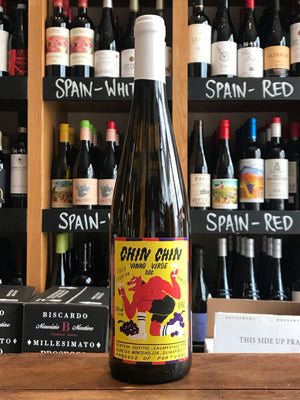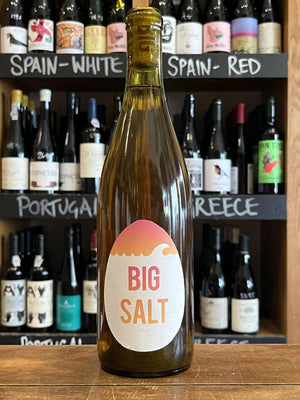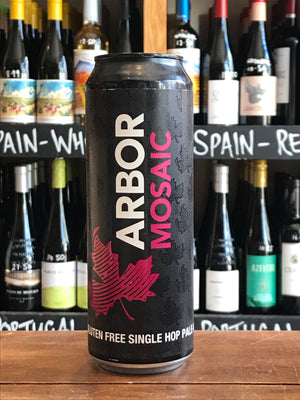Raki is a traditional alcoholic drink deeply rooted in the cultures of Turkey and other Mediterranean regions. Known for its distinctive anise flavour and nickname, "lion’s milk," raki is much more than just a beverage—it’s a symbol of social gatherings, celebrations, and culinary traditions. But what exactly is raki, and how is it made? In this guide, we’ll explore the origins, characteristics, and cultural importance of this iconic spirit, giving you a deeper appreciation for its unique qualities.
What Is Raki?
Raki: A Definition
Raki is a traditional anise-flavoured alcoholic drink that originates from Turkey but is also popular throughout the Mediterranean and the Middle East. It is typically consumed as an accompaniment to meals or social gatherings, often served with a splash of cold water, which turns the clear liquid into a milky white colour—hence the nickname “lion’s milk.”
Comparison to Other Spirits
While raki is often compared to other aniseed-based spirits like ouzo, sambuca, and arak, there are key differences in flavour and preparation. Ouzo, for instance, is Greek and is typically sweeter than raki, while arak, common in the Middle East, is often more potent and less sweet. Though they all share the anise flavour, each spirit has its unique twist, with raki standing out in Turkish culture as a drink that embodies hospitality and celebration.
The Origins and History of Raki
Rise During the Ottoman Empire
Raki’s roots date back to the Ottoman Empire, where it was initially crafted using grapes. It became popular among the Ottoman elite, and over time, it became associated with social gatherings and festivities. As a symbol of Turkish culture, it has evolved to become one of the country’s most iconic spirits.
Connection to Turkish Culture
The production and enjoyment of raki are closely tied to Turkish traditions. Its place in Turkish society is so significant that many meals, particularly those with mezze plates or seafood, are paired with raki. The drink is consumed not only as a beverage but also as a medium for storytelling, laughter, and celebration, often around the raki table (“rakı sofrası”), a communal dining experience that has been cherished for generations.
Raki-Making Techniques Over Centuries
Raki-making techniques have been refined over centuries, and today, it is made by distilling fermented grape pomace (the solid remains of grapes after juice extraction) combined with aniseed. The result is a drink with a distinct licorice-like taste that can be sipped neat or diluted with water.
How Is Raki Made?
The Distillation Process
Raki is typically produced through a double-distillation process, which ensures its high quality and distinct flavour. During distillation, grape pomace is fermented and then distilled to extract alcohol. Aniseed is added to give the drink its signature flavour. This process is highly controlled to achieve the perfect balance between strength and smoothness.
Key Ingredients
The primary ingredients in raki are grape pomace, raisins, and aniseed. The raisins provide natural sweetness, while the aniseed infuses the spirit with its signature flavour. The use of high-quality grapes and aniseed ensures that raki is aromatic and bold, and the purity of ingredients plays a significant role in the final taste.
How to Drink Raki
Traditional Serving Method
Raki is traditionally served diluted with cold water, which turns the clear drink a milky white colour. This transformation is visually striking and a key part of the drinking experience. Alternatively, it can be served neat, especially in more casual settings.
Accompanying Foods
Raki is often enjoyed alongside a mezze plate, seafood, or traditional Turkish appetizers. The combination of flavours enhances the drinking experience, as the aniseed notes of the raki complement the richness of the food. Cheese, olives, and grilled meats are also popular accompaniments to raki.
Social Customs and Etiquette
When drinking raki in Turkey, there are certain social customs to be aware of. It’s often shared among friends and family in a communal setting, and toasts are an important part of the ritual. Typically, cheers (şerefe in Turkish) is said before taking a sip, and it’s customary to take small sips rather than gulping down the drink. Conversations and laughter flow freely as the drink encourages camaraderie.
Raki vs. Similar Spirits
Key Differences Between Raki and Ouzo, Sambuca, and Arak
While raki shares similarities with other aniseed spirits, it has several distinguishing features. Ouzo, for instance, is often sweeter and lighter than raki, with a smoother finish. Sambuca, the Italian counterpart, tends to be sweeter still, often served with coffee beans. Arak, a Levantine spirit, is stronger and more intense than raki, and it lacks the sweetness that characterises Turkish raki.
Unique Flavour Profile and Production Techniques
What sets raki apart is the careful blending of flavours from grape pomace and aniseed, giving it a rich, bold flavour. Raki is less sweet than sambuca and ouzo, allowing the aniseed’s natural earthiness to come through. The double-distillation process and the use of Turkish methods of production make raki distinct, not only in its flavour but also in its cultural significance.
Why Raki Is Special in Turkish Culture
Raki is more than just an alcoholic beverage in Turkey; it’s a social lubricant and a symbol of tradition. It holds a revered place in Turkish culture and is closely linked to the values of hospitality, family, and celebration. The ceremonial drinking of raki at the rakı sofrası is one of the most important aspects of Turkish social life, making it much more than just a drink.
Cultural Significance of Raki
Raki in Turkish Social Life
In Turkish culture, raki is often consumed during special occasions, such as weddings, birthdays, and celebrations. It is also served at gatherings to mark the passing of loved ones, where the drink is offered in memory and respect. Raki is thus a drink that signifies connection, respect, and the sharing of moments, both joyful and solemn.
The Tradition of Raki Tables ("Rakı Sofrası")
The rakı sofrasi is a traditional Turkish table set with a variety of dishes, where the focus is on the enjoyment of food, drink, and conversation. Raki is at the centre of this gathering, and it is often accompanied by a wide selection of mezze (small dishes), cheese, seafood, and meats. The communal nature of the table fosters connection, laughter, and storytelling.
Popularity in Mediterranean and Middle Eastern Regions
While raki is primarily associated with Turkey, it is also widely enjoyed in the Mediterranean and Middle Eastern regions, including countries like Greece, Lebanon, and Syria. In these regions, anise-flavoured spirits are an integral part of the culinary and social traditions, each with their own variation of the drink.









